10 Mates-in-3 Every Player Must Know
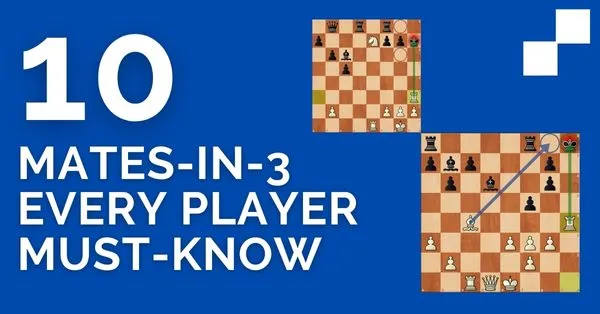
Solving chess puzzles helps improve our visualization and calculation abilities.
These abilities are especially important when we are attacking the enemy king. Imagine the scenario, you’ve just conducted a brilliant attack and the enemy king is on the verge of checkmate.
You just have to calculate one final combination to finish off the game. The ability to do so will determine if your attack is successful or not. Hence, it’s very important to learn and practice mate puzzles.
In this article, we will explore 10 mates-in-3 that every player must know.
1. Legal’s Mate
Legal’s mate is a very old mating pattern that happens in the opening stages of the game.
We generally get this from the Philidor defense. Legal’s mate is possible because of the coordination between the minor pieces (knights and the light square bishop).
The combination starts from the position given below:
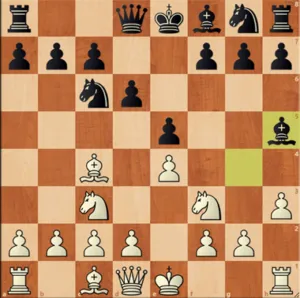
Even if you believe you understand this pattern, it is critical to exercise and internalize it because, according to the database, even 2200+ Elo players have missed this mating pattern!
2. Back Rank Mate
A mate in which the defender’s king can only advance along the back rank, behind its own pawns, preventing it from escaping a check by a queen or rook along the rank where it is located. The following position shows back rank mate given by a rook:
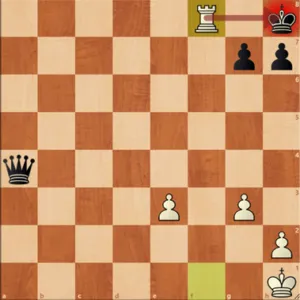
Let’s take a look at the following example.
3. Lawn-mover Mate
Another standard checkmate pattern that a club player should know is the lawn mover mate. This common mating pattern is carried out by the rooks. The opponent king’s rank or files are cut off one by one until the king has nowhere to go. Keep in mind that whenever the king attacks one of the rooks, move it as far down the rank or file as possible.
4. 10 Rooks on the seventh rank
Here’s yet another rook mating motif. This time both the rooks are on the seventh /second rank. The mating technique is to observe whether the opponent king has any escape squares and if the escape is blocked, we give a checkmate. Let’s see how to play the lawn mover mate-in-3 position below.
5. Smothered Mate
The knight is the only possible piece that is capable of delivering this mating motif.
This is called a smothered mate because all the squares next to the opponent’s king are occupied by pieces of the same side, in other words, the opponent has himself blocked off. Look for this motif when the king is under coordinated attack from the knight and queen.
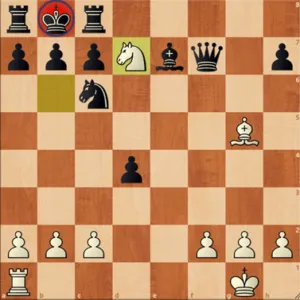
A well-known mate-in-3 combination is as follows
One of the most satisfying and elegant methods to win a game is to deliver a smothered mate.
6. Anastasia’s Mate
One of the major pieces provides checkmate in Anastasia’s mate, commonly it’s the rook. It happens usually on the open h-file or on the back rank.
A knight covers two escape squares, and one of the opponent’s own pieces (usually a pawn) prevents the escape via the square that the knight does not cover.
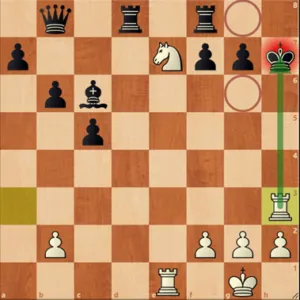
Let’s take a look at an example:
7. Damiano’s Mate
Damiano’s mate is a classic and one of the earliest checkmating methods. A queen on the seventh rank delivers checkmate in Damiano’s mate, while a pawn on the sixth rank protects the queen and, in some instances, also covers an escape square.
A friendly piece (usually a rook) or the board’s edge blocks one horizontal way of escape for the king. The following mate in 3 combinations shows this pattern in action.
This mating pattern requires long moves and hence practicing this helps us improve our board vision.
Want to learn about fundamental pawn structures? Read about the Hanging Pawns.
8. Greco’s Mate
Here is one more long-range checkmating motif that requires the coordination between a bishop/queen and another major piece. A rook or queen provides checkmate in Greco’s mate, usually on the open h-file. One or two escape squares are covered by a bishop, and one of the opponent’s own pieces (usually a pawn) prevents the escape via the square(s) not covered by the bishop.
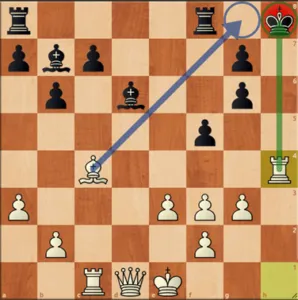
In the following example, we see white sacrificing a piece to open the h file and use this mating motif.
9. Mayet’s Mate
This mate-in-3 combination utilizes the two bishops and the major pieces. The major piece gives checkmate with the help of the bishop.
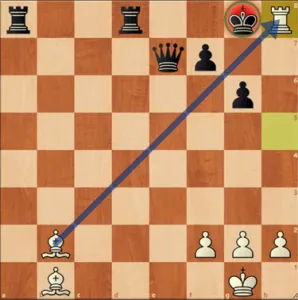
In the following position, white uses a deflection tactical motif and then gives checkmate with a rook. Take note of how the pin is used throughout the combination.
Want to improve your tactics? Please see our previous post, 5 Steps to Learn Tactical Play.
10. Pillsbury Mate
In this mating pattern, the bishop and a major piece work together to deliver a checkmate.
The characteristic feature of this mate is that the g file should be open and the bishop should be controlling the a1-h8 diagonal without any obstruction.
The mating position is given below:
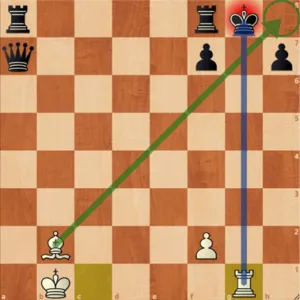
In the following position, white notices that all of the black’s pieces are far from the defense of the king and hence sacrifices a rook to open up the g file.
Want to know more about Mate-in-3? Take a look at 5 Hardest Checkmates as well as 3 Hardest Checkmates (can you find those in your games?)
Conclusion
To checkmate the opponent’s king, we must know certain standard mating patterns and techniques.
Therefore, mating patterns and combinations are essential to the development of a chess player.
Solving mate-in-3 is a great way to improve the calculation and visualization abilities of players. These puzzles also increase our imagination and help us to find more creative ideas over the board.



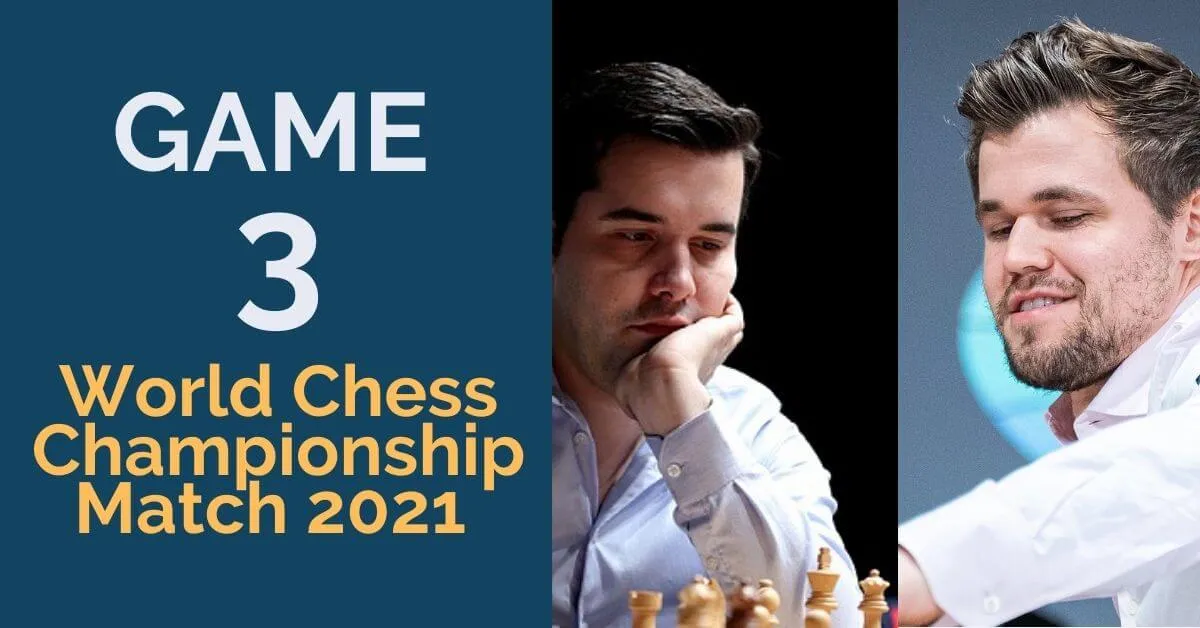






Comments: